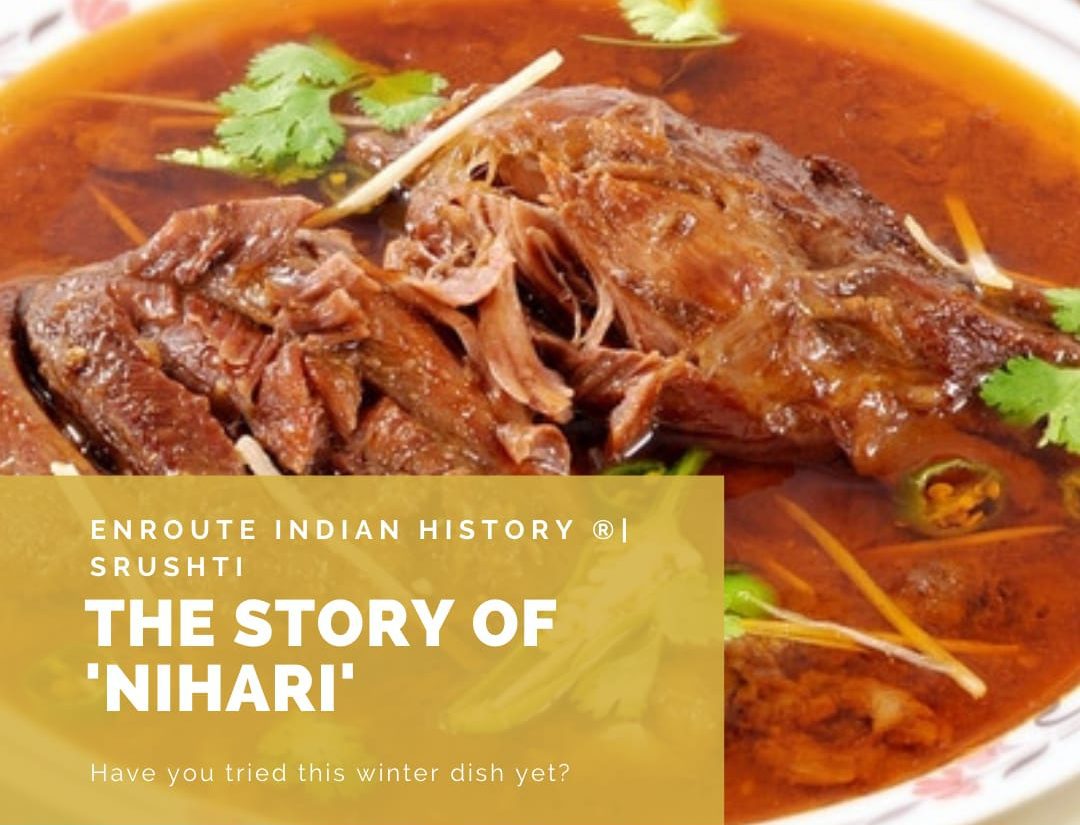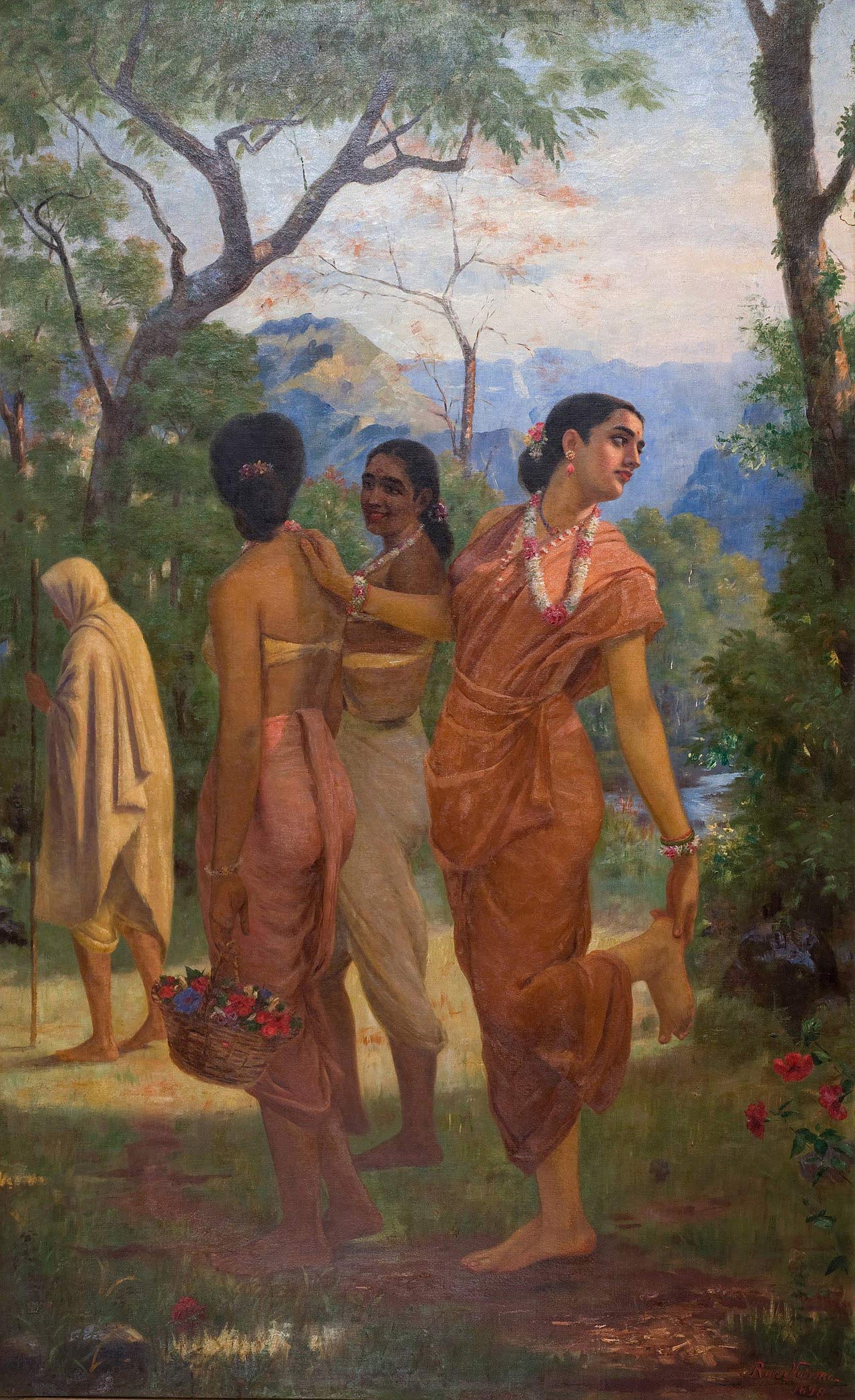
Article by EIH Researcher and Writer
Srushti Sharma
“Ye baees khwajaon ki chaukhat hai, yahaan aadmi bhooka nahi mar sakta”
“ This is a place of 22 khwajas(sufi saints), no one can die of hunger here”
-A nihari maker in an interview to Hindustan Times
Empires flourish and decline but what they leave behind is a legacy that is reflected in contemporary ways of livelihood. One such legacy can be found just behind the grand structure of Jama Masjid, amidst the enthralling marketplace. Innumerable nihari makers boast about the traditional tendencies of their restaurants that date back to the days when Delhi was the imperial capital and a centre of cultural exchanges. The word nihari comes from the Arabic word nahar which means morning. Nihari is supposed to be eaten just after the fajr prayers and before the afternoon prayers and is considered as a winter staple. It is cooked for 6-8 hours at night in a daigh(large rounded pot), sealed with lai(flour glue) and served with rumali or khameeri roti.Some remaining portions of the old nihari(called taar) is added in the fresh one and this, according to the locals, provide nihari its unique taste along with the unique blend of spices, the skull(bheja) and bone marrow.
A legend famous among the local Nihari producers is that Nihari was an invention of Nadir Shah to help his army survive winters of Delhi. However, an alternative narrative suggests that it was invented during the time of the 5th Mughal Emperor, Shah Jahan and it marks the fusion of Persian culture into the Indian subcontinent. It is believed that the hakim of Shah Jahan advised him that the water of the river Yamuna will lead to sickness of his people. A solution to this was provided in the form of Nihari which was supposed to introduce warmth in the consumers. Nihari’s place of origin is also a debatable matter. Some trace it back to the Nawabi Awadh while some advance that Nihari originated in Shahjahanabd. It is also believed that initially nihari was meant to cater to the tastes of the imperial household but soon the ruling elite discovered that this nutritious deal can be used to make the poor working class work for larger amounts of time and can act as the daily wage of the innumerable people working on elaborate Mughal architecture.
Therefore, the consumption of nihari percolated from the ruling elite to the working class. Even today, while nihari is an occasional treat to the rich of New Delhi, it forms an integral part of a labourer’s diet.




















